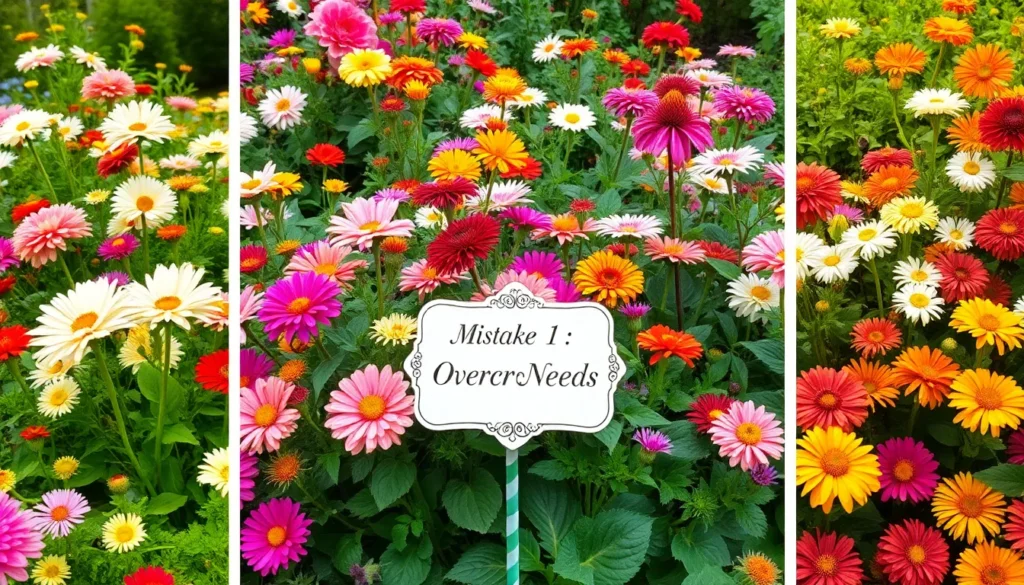There’s something undeniably magical about stepping into a garden bursting with vibrant flowers, each bloom a testament to the nurturing care that brought it to life. Whether you’re just starting your flower gardening journey or have years of experience under your belt, understanding common pitfalls is crucial to transforming your garden into a flourishing sanctuary. In this article, we delve into the five most frequent mistakes made in flower gardening, guiding you toward a more successful and rewarding floral display.
For the novices eager to make their first foray into horticulture, this guide offers insights that will save you time and heartache. Experienced gardeners, too, will find value in revisiting these common missteps, ensuring that even the most seasoned green thumbs continue to grow and learn. From soil preparation to watering techniques, each aspect of flower care can make or break your garden’s success, and we’re here to help you navigate these challenges with confidence.
By the end of this article, you’ll be equipped with practical knowledge and actionable tips to avoid these all-too-common gardening blunders. Embrace the joy of flower gardening with renewed enthusiasm, knowing that you’re armed with the tools to create a thriving garden that reflects your dedication and passion. Let’s embark on this journey together, celebrating the beauty and satisfaction that comes from mastering the art of flower gardening.
Improper Plant Spacing Errors
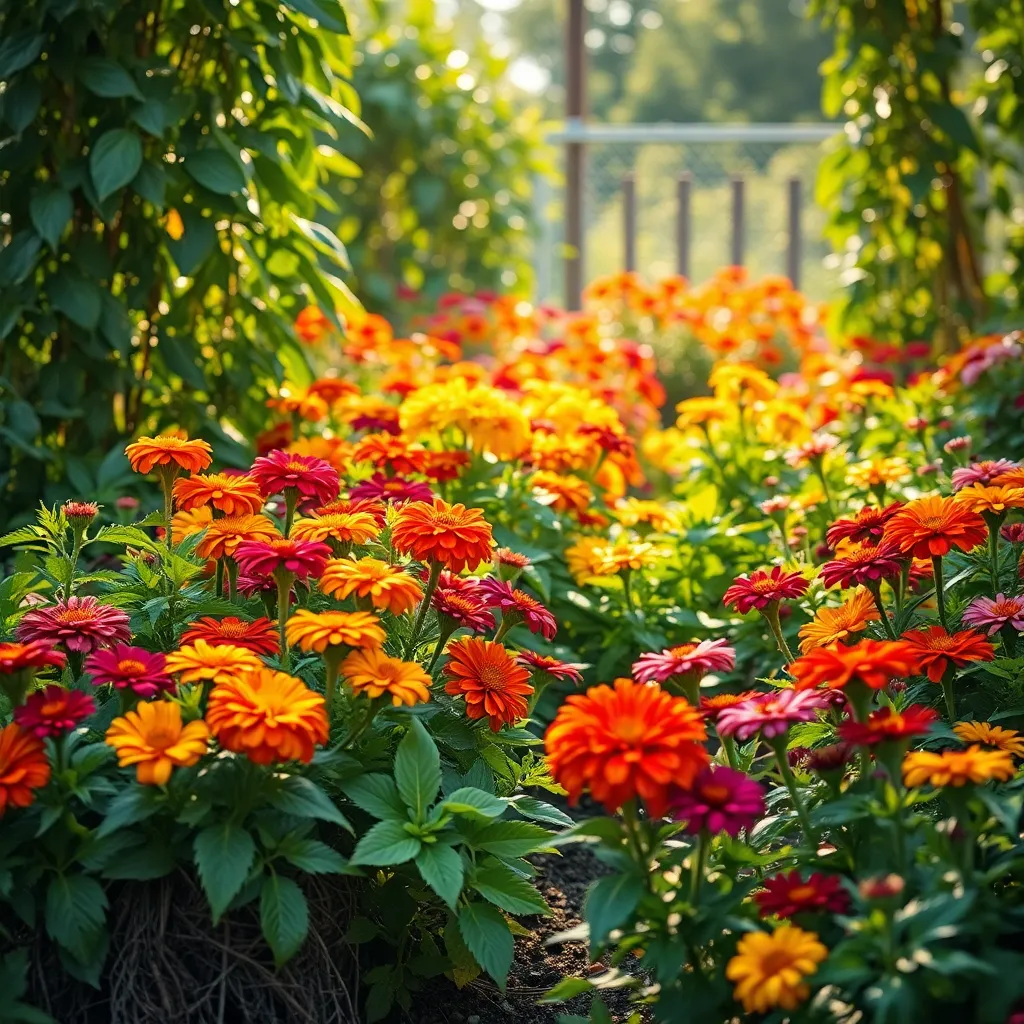
One common mistake gardeners make is not giving plants enough space to grow, which can lead to overcrowding and poor health. Plants need sufficient room for their roots and foliage to spread without competing for resources like sunlight and nutrients.
When planning your garden, consider the mature size of each plant, including both its height and spread. For example, tulips should be planted about 4 to 6 inches apart, while larger plants like hydrangeas may require several feet between them.
Proper spacing is crucial for air circulation, which helps prevent fungal diseases such as powdery mildew. In humid climates, ensure even more space between plants to allow for better airflow and reduce the likelihood of disease.
Experienced gardeners often use a simple trick: lay out plants on the ground to visualize the spacing before planting. This technique helps in adjusting the layout as needed and ensures that each plant has adequate room to thrive.
Inadequate Soil Drainage Problems

One of the common issues gardeners face is inadequate soil drainage, which can lead to root rot and other plant health problems. It’s crucial to ensure your soil has the right composition to allow excess water to drain away, preventing waterlogged conditions.
Consider conducting a simple test to check your soil’s drainage capability. Dig a hole about 12 inches deep, fill it with water, and observe how quickly the water drains; ideally, it should fully drain within 30 minutes to an hour.
For those with clay-heavy soils, amending the soil with organic matter such as compost or well-rotted manure can significantly improve drainage. Alternatively, consider using raised beds or containers with adequate drainage holes to ensure plants are not sitting in water.
For more advanced gardeners, incorporating amendments like perlite or coarse sand can enhance soil structure and drainage. Regularly monitoring and adjusting your soil conditions will help maintain a healthy environment for your flowers, allowing them to thrive and flourish.
Neglecting Seasonal Plant Needs
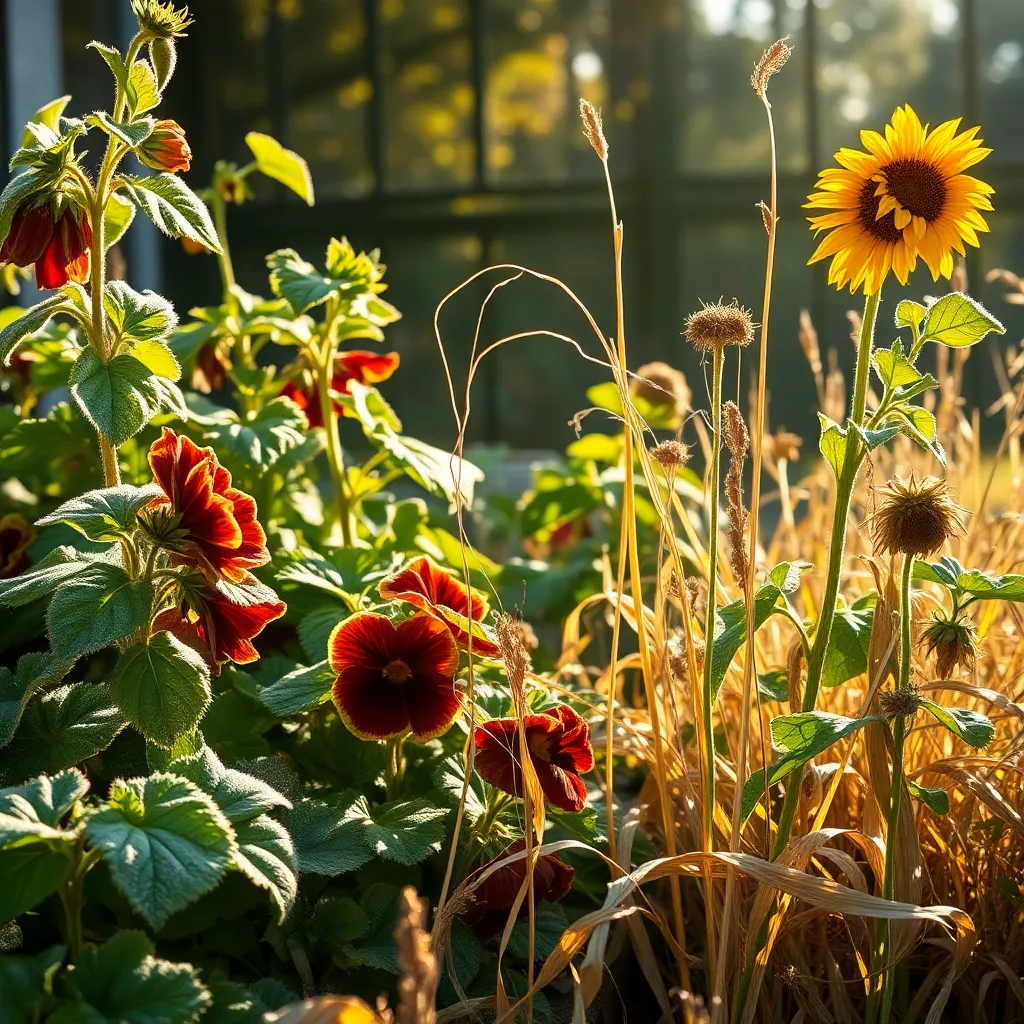
Overlooking the seasonal needs of your plants can lead to lackluster blooms and poor growth. It’s crucial to understand that different plants have specific requirements for each season, such as changes in watering, feeding, and protection from the elements.
As temperatures drop in autumn, many flowering plants require reduced watering to prevent root rot. Conversely, in the spring, increase watering gradually as the weather warms to support new growth and flowering.
Winter can be harsh on perennials, so consider mulching around the base of your plants to insulate roots against frost. Mulching not only protects from cold but also helps retain moisture, reducing the need for frequent watering when the ground is dry.
Advanced gardeners might employ techniques such as using row covers or cold frames to extend the growing season for sensitive plants. These methods can help maintain a stable microclimate, ensuring your plants thrive despite unexpected weather changes.
For beginners, creating a simple seasonal care calendar can be immensely beneficial. Marking critical tasks such as pruning, fertilizing, and adjusting watering schedules according to the seasons ensures you meet your plants’ evolving needs.
Overlooking Pest Control Measures
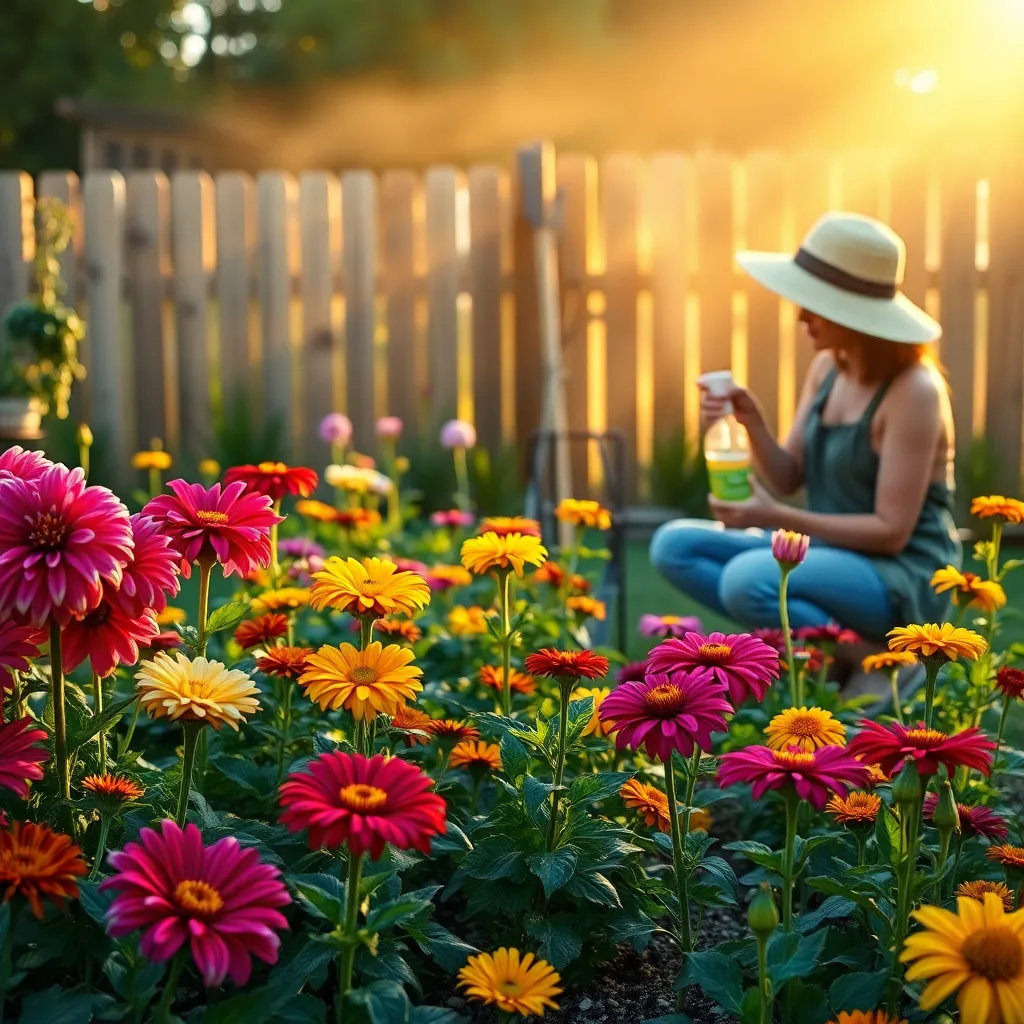
Overlooking pest control measures can lead to significant setbacks in your flower garden. It’s crucial to regularly inspect your plants for signs of pests such as holes in leaves, discoloration, or stunted growth.
Begin by integrating natural pest control methods like introducing beneficial insects, such as ladybugs or lacewings, that prey on common garden pests. For more severe infestations, consider using organic pest sprays made from neem oil or insecticidal soap, which are effective yet safe for your plants.
Consistency is key in managing pests, so establish a routine of checking your plants at least once a week. This practice allows you to catch problems early and take swift action before they escalate.
Advanced gardeners might employ companion planting strategies where specific plants are grown together to repel pests or attract beneficial insects. For instance, planting marigolds near roses can deter aphids, while herbs like basil and mint can help keep mosquitoes and flies away.
- Inspect plants weekly for pests.
- Introduce beneficial insects to the garden.
- Use organic sprays as needed.
- Consider companion planting for natural pest deterrence.
Incorrect Pruning Techniques
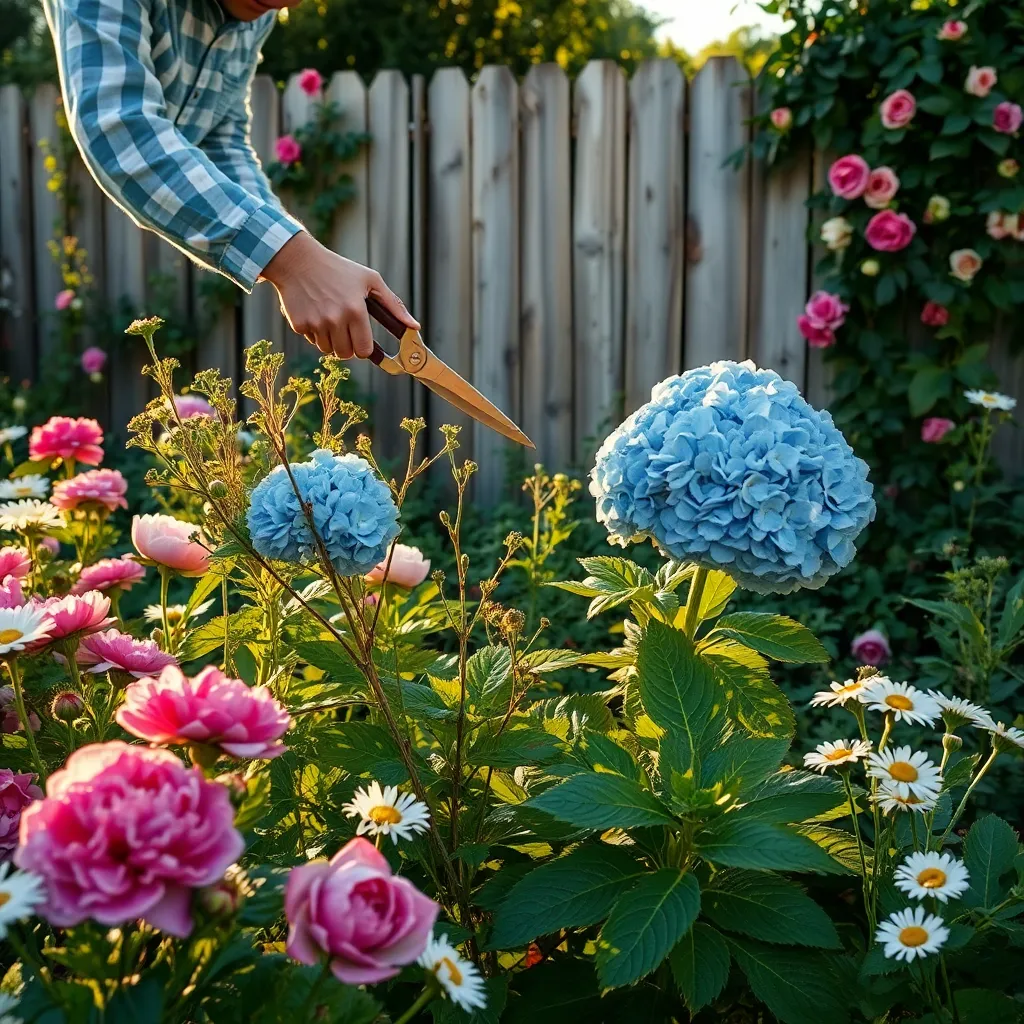
One of the most common mistakes in flower gardening is incorrect pruning techniques, which can lead to damaged plants and stunted growth. It’s crucial to understand that each type of plant has its own specific pruning requirements, making generalized cuts potentially harmful.
For beginners, it’s essential to use clean and sharp tools to avoid introducing diseases to your plants. Pruning at the wrong time of year can also affect blooming cycles, so always research the specific needs of your plants.
Understanding growth patterns is key to effective pruning. For instance, many flowering shrubs bloom on old wood, meaning they should be pruned immediately after flowering rather than in the dormant season.
Advanced gardeners can experiment with techniques like coppicing or pollarding to encourage new growth and shape plants creatively. However, ensure you have a solid understanding of the plant species and its tolerance to such methods before proceeding.
Conclusion: Growing Success with These Plants
In nurturing both gardens and relationships, avoiding common pitfalls can lead to blossoming success. This article highlighted five critical mistakes: neglecting regular communication, failing to understand a partner’s unique needs, overlooking the importance of shared goals, allowing small misunderstandings to fester, and ignoring the need for continuous growth. By addressing these areas, you can cultivate a relationship that is as vibrant and resilient as a well-tended garden.
As an immediate step, take a moment today to initiate a heartfelt conversation with your partner, focusing on one area that might need attention. This small act can sow seeds of understanding and harmony, paving the way for deeper connection.
Be sure to bookmark this article so you can revisit these key insights whenever you need a refresher. Having a handy guide can make all the difference as you navigate the complexities of your relationship journey.
Looking ahead, remember that a thriving relationship is built on ongoing attention and care. By committing to avoid these common mistakes, you are setting the stage for a partnership that flourishes over time. Your future together is a beautiful garden waiting to bloom—nurture it well.

